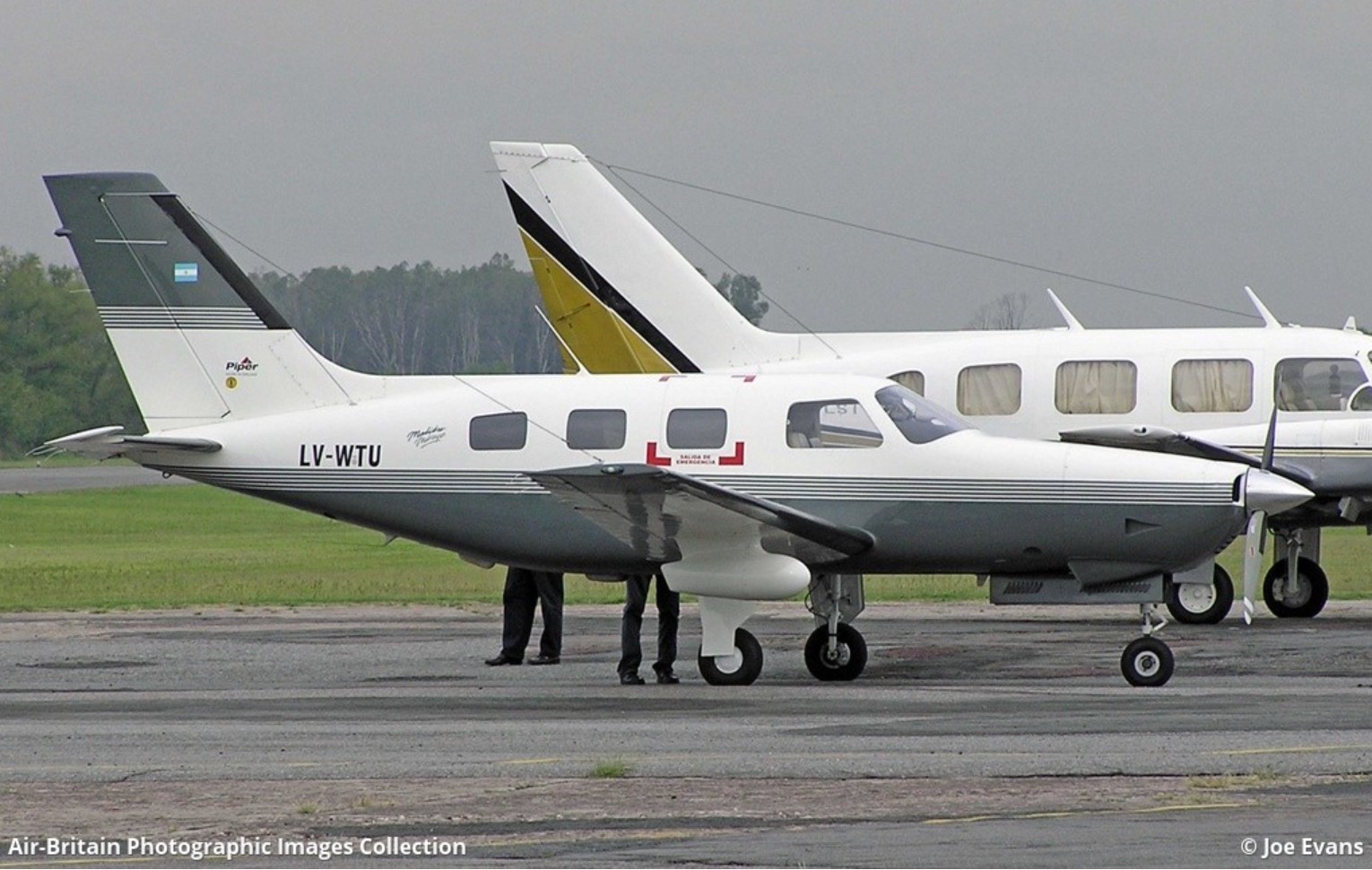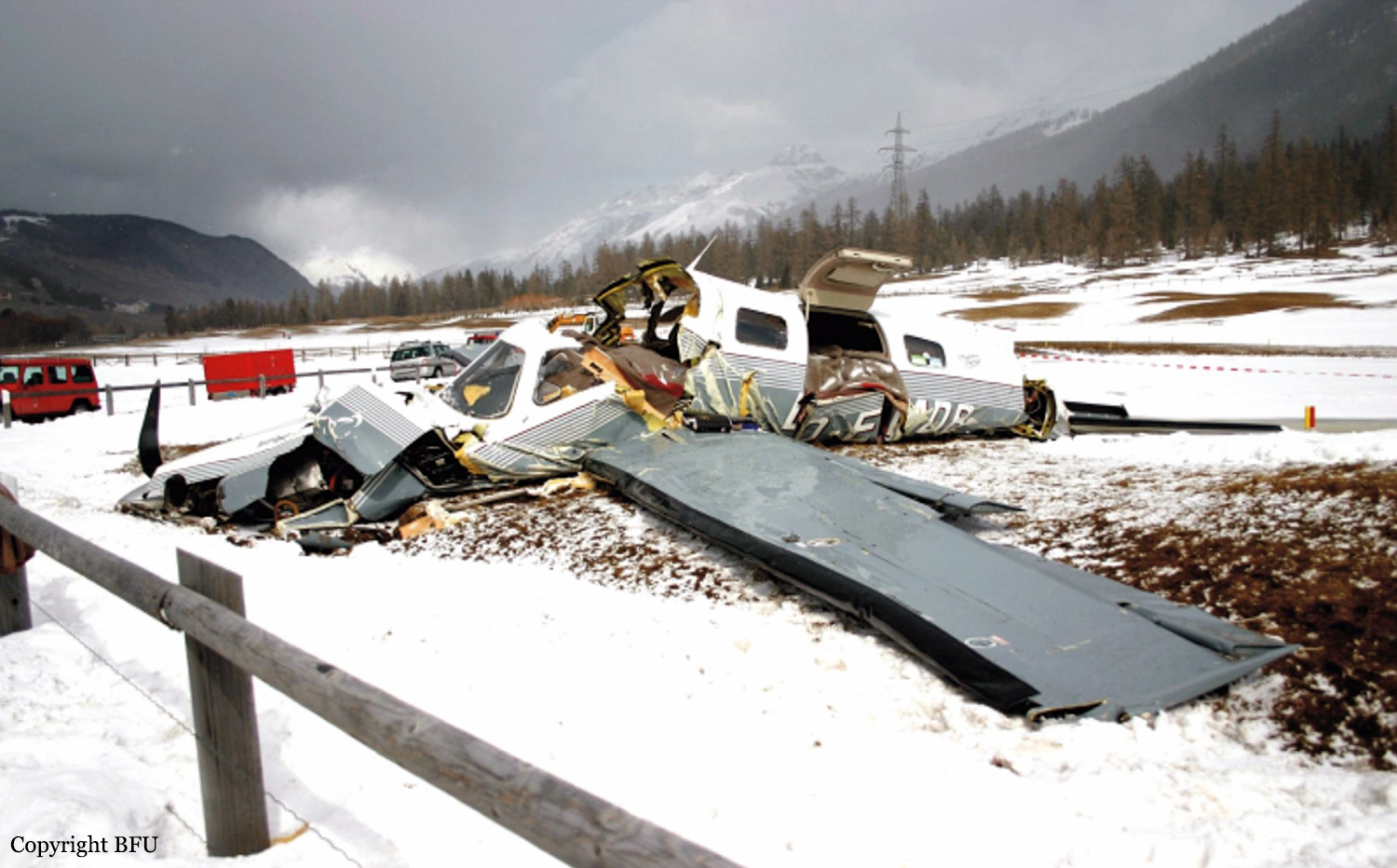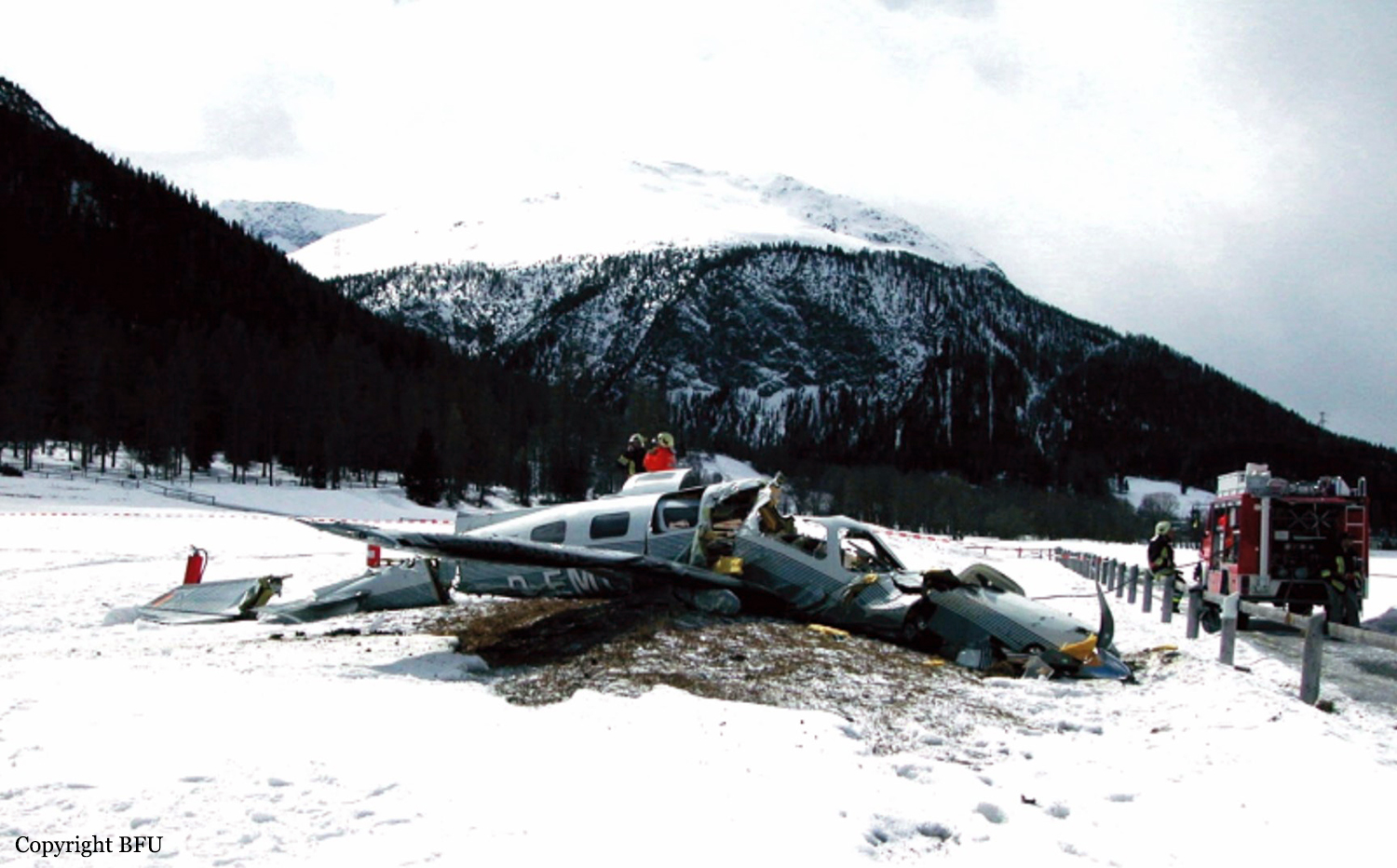Crash of a Piper PA-46-350P Malibu off Buenos Aires
Date & Time:
Sep 28, 2005 at 1320 LT
Registration:
LV-WTU
Survivors:
Yes
Schedule:
Don Torcuato – Punta del Este
MSN:
46-36073
YOM:
1996
Crew on board:
1
Crew fatalities:
Pax on board:
4
Pax fatalities:
Other fatalities:
Total fatalities:
0
Captain / Total hours on type:
300.00
Circumstances:
The single engine aircraft departed Don Torcuato Airport on a private flight to Punta del Este, Uruguay, carrying four passengers and one pilot. About 15 minutes into the flight, while cruising in good weather conditions, the pilot informed ATC about engine problems and elected to divert to Buenos Aires-Aeroparque-Jorge Newbury Airport. Unable to maintain a safe altitude, he eventually ditched the aircraft in the Río de la Plata, about 28 km northeast of Buenos Aires. Quickly on site, rescuers were able to evacuate all five occupants who were uninjured while the aircraft was lost.
Probable cause:
Investigations were unable to determine the exact cause of the engine problems.
Final Report:







